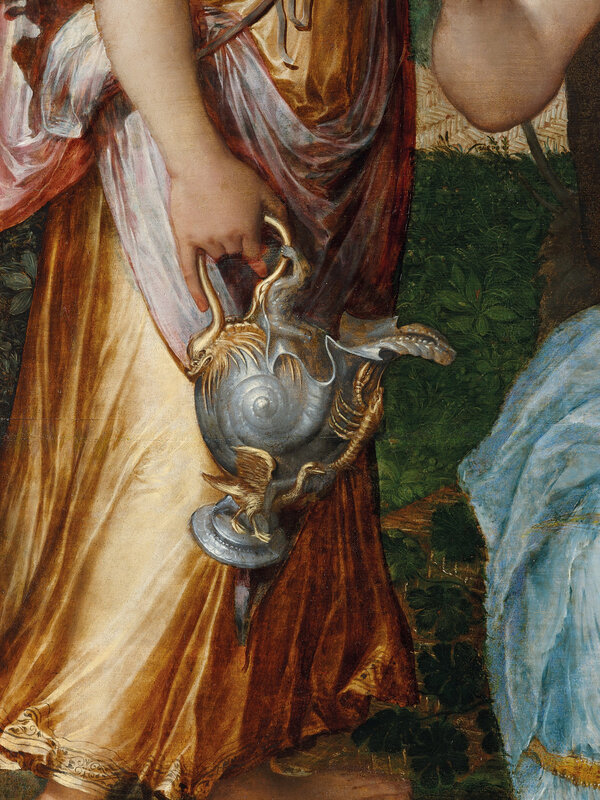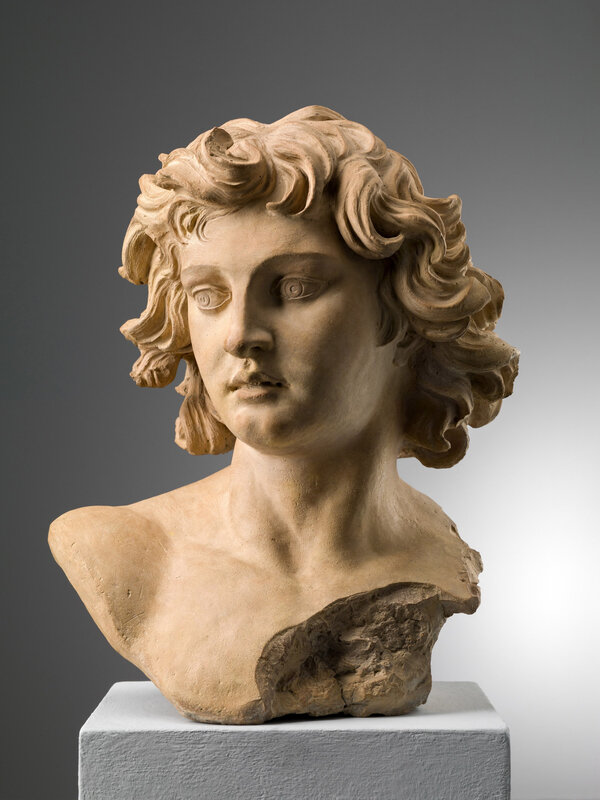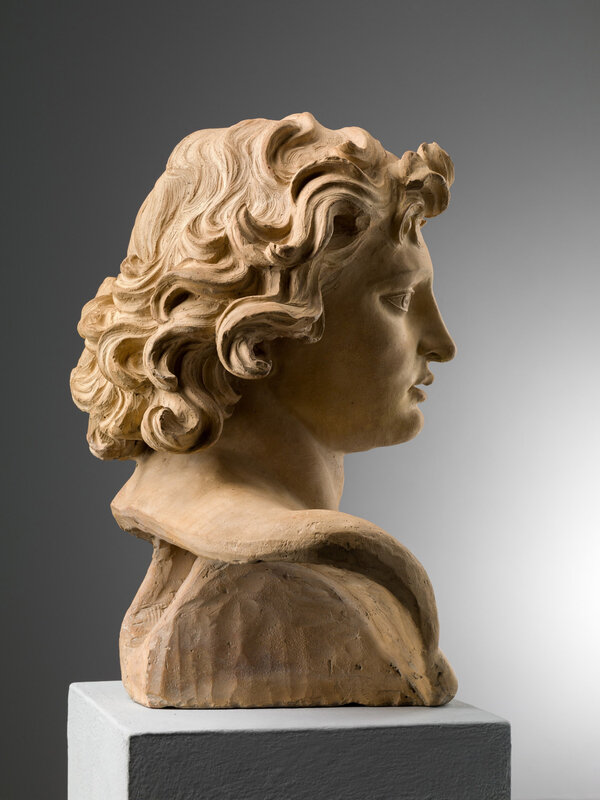Newly-discovered painting by Flemish Renaissance trailblazer Frans Floris unveiled at TEFAF Maastricht
MAASTRICHT.- A large, newly-discovered and unpublished early work by the influential Antwerp painter, draftsman and etcher Frans Floris de Vriendt (called Floris, 1519/20-1570), who “radically transformed Netherlandish art” and was more renowned in his day than Bruegel the Elder, has been unveiled at TEFAF Maastricht 2019 by Carlo Orsi-Trinity Fine Art. This important painting depicting Susanna and the Elders forms the centrepiece of the gallery’s stand. The work was completed shortly after Floris’s return from a long visit to Italy, and it reveals the artist’s careful study of Roman antiquities and the work of Italian Renaissance artists including Raphael. Floris was praised for his treatment of the nude, and in this substantial canvas, which shows the beautiful Susanna undressed and about to bathe, the artist displays a sensitivity to the handling of flesh which was exceptional in Netherlandish art at the time.
Art historian Edward H. Wouk, who has written the most recent definitive work on Floris, says of the present painting: “Such sensuous images appealed to Floris’s early collectors who valued the distinctive mix of Italian form and Netherlandish technique in his work. Their patronage propelled Floris to fame as an international celebrity praised for his treatment of the body.” A catalogue is available.
Further highlights on the stand of Carlo Orsi-Trinity Fine Art at TEFAF include two works associated with famous Italian landmarks – the Palazzo Vecchio, Florence and the Ponte Sant’Angelo, Rome. An enigmatic Portrait of a Lady (possibly Caterina Soderini Ginori) circa 1575 by Jacopo Coppi, called Jacopo del Meglio (Florence 1546-1591), is painted on a panel which would have formed a section of a boiserie, a decorative design typical of the interiors of Florentine nobility. Coppi was among the artists working for Francesco I de’ Medici for his studiolo, one of the most evocative rooms in the Palazzo Vecchio and which represented one of the peaks of Florentine mannerism.
Jacopo Coppi, called Jacopo del Meglio (Florence 1546-1591), Portrait of a Lady (possibly Caterina Soderini Ginori), circa 1575. Oil on shaped and carved walnut-wood panel, 37 x 29,8 cm (14½ x 11¾ in) (painted oval surface, 26 x 18.5 cm; 10¼ x 7 ¼ in). Photo: Carlo Orsi-Trinity Fine Art.
Alongside the panel portrait is a glorious terracotta Head of an Angel by Antonio Giorgetti (documented in Rome from 1657-1669), one of the great sculptors of the Roman Baroque. It is taken from his Angel with the Sponge commissioned for Ponte Sant’Angelo (1668-69), a project overseen by Bernini for Pope Clement IX. This sculpture is not a preparatory model but an object in its own right, made for the collectors’ market: during the latter years of the 17th century, there was a marked increase in the desire to collect terracottas, especially those by Algardi, from which the present head takes inspiration.
Antonio Giorgetti (documented in Rome from 1657-1669), Head of an Angel, 17th Century. Terracotta, height 40 cm, 15¾ in. Photo: Carlo Orsi-Trinity Fine Art.
Carlo Orsi-Trinity Fine Art can be found on Stand 379 at TEFAF, which continues at the MECC Maastricht to 24 March 2019.

/https%3A%2F%2Fprofilepics.canalblog.com%2Fprofilepics%2F1%2F0%2F100183.jpg)
/https%3A%2F%2Fstorage.canalblog.com%2F03%2F02%2F119589%2F96711876_o.jpg)
/https%3A%2F%2Fstorage.canalblog.com%2F11%2F31%2F119589%2F94773502_o.jpg)
/https%3A%2F%2Fstorage.canalblog.com%2F20%2F83%2F119589%2F94772815_o.jpg)
/https%3A%2F%2Fstorage.canalblog.com%2F26%2F72%2F119589%2F75604929_o.jpg)
/https%3A%2F%2Fstorage.canalblog.com%2F59%2F60%2F119589%2F26458628_o.jpg)










/image%2F1371349%2F20240423%2Fob_b2fe42_telechargement-9.jpg)
/image%2F1371349%2F20240423%2Fob_af8bb4_telechargement-6.jpg)
/image%2F1371349%2F20240423%2Fob_b6c4a6_telechargement.jpg)
/image%2F1371349%2F20240423%2Fob_981d5f_h22891-l367411650-original.jpg)